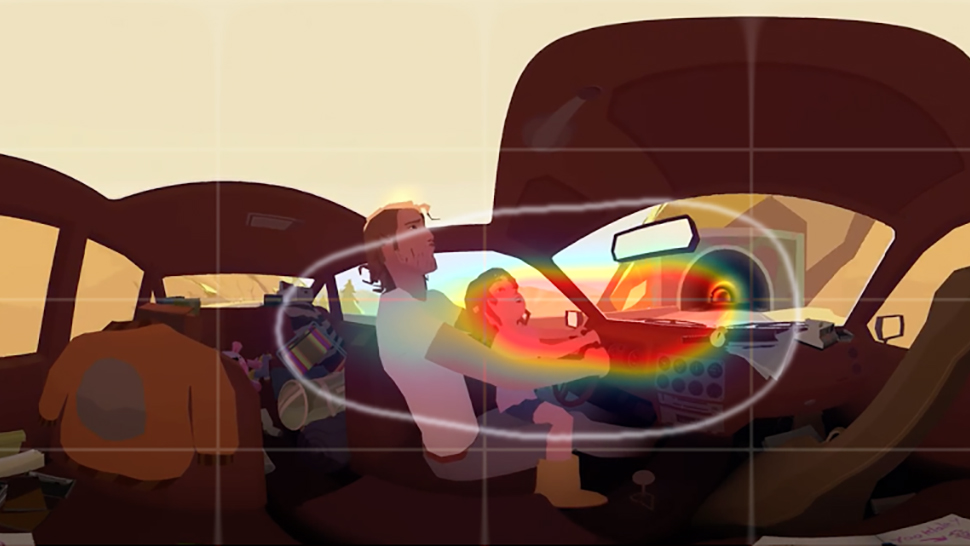YouTube proves that VR isn't the head-turner it should be

Whether your VR setup is a dedicated Oculus Rift room or just a web browser and a mouse, one of the best places to find 360-degree video content is YouTube, and the platform just rolled out some new features to give uploaders better feedback on their clips.
YouTube is introducing heatmaps in VR that show where viewers are looking as the action unfolds – when you've got the option to look anywhere you like in a 360-degree sphere, that's handy for publishers who might worry that the best moments are getting ignored. The feature is going live now for VR videos with more than 1,000 views.
"When creating content in VR, it's helpful to know what your viewers are focused on [...] with heatmaps, you'll be able to see exactly what parts of your video are catching a viewer's attention and how long they're looking at a specific part of the video," explains YouTube in a blog post.
The bigger picture
Surprisingly, according to YouTube many viewers don't turn their heads when watching VR content, and an average of 75% of viewing time is spent looking forward at the front 90 degrees of clips. If you've got something happening offstage, it suggests you'd better drop a pretty big hint that people need to start turning round.
The more engaging a scene is, the more likely people are to explore the full 360-degree view, YouTube says. If you're making your own VR movies then another piece of advice is to use "markers and animations" to draw attention to the different parts of a scene.
Content creators should also consider catering for different devices, YouTube advises, as those using viewers like Google Cardboard usually need a couple of seconds to adjust to their new VR world.
If you're making VR videos with more than 1,000 views, the new heatmaps will show up in the Analytics section of your YouTube dashboard. If you're happy just to watch them, head to the official YouTube VR channel – if you don't have a virtual reality viewer to hand, you can click-and-drag around using your mouse on the desktop, or move your phone around if you're watching on a mobile.
Sign up for breaking news, reviews, opinion, top tech deals, and more.

Dave is a freelance tech journalist who has been writing about gadgets, apps and the web for more than two decades. Based out of Stockport, England, on TechRadar you'll find him covering news, features and reviews, particularly for phones, tablets and wearables. Working to ensure our breaking news coverage is the best in the business over weekends, David also has bylines at Gizmodo, T3, PopSci and a few other places besides, as well as being many years editing the likes of PC Explorer and The Hardware Handbook.